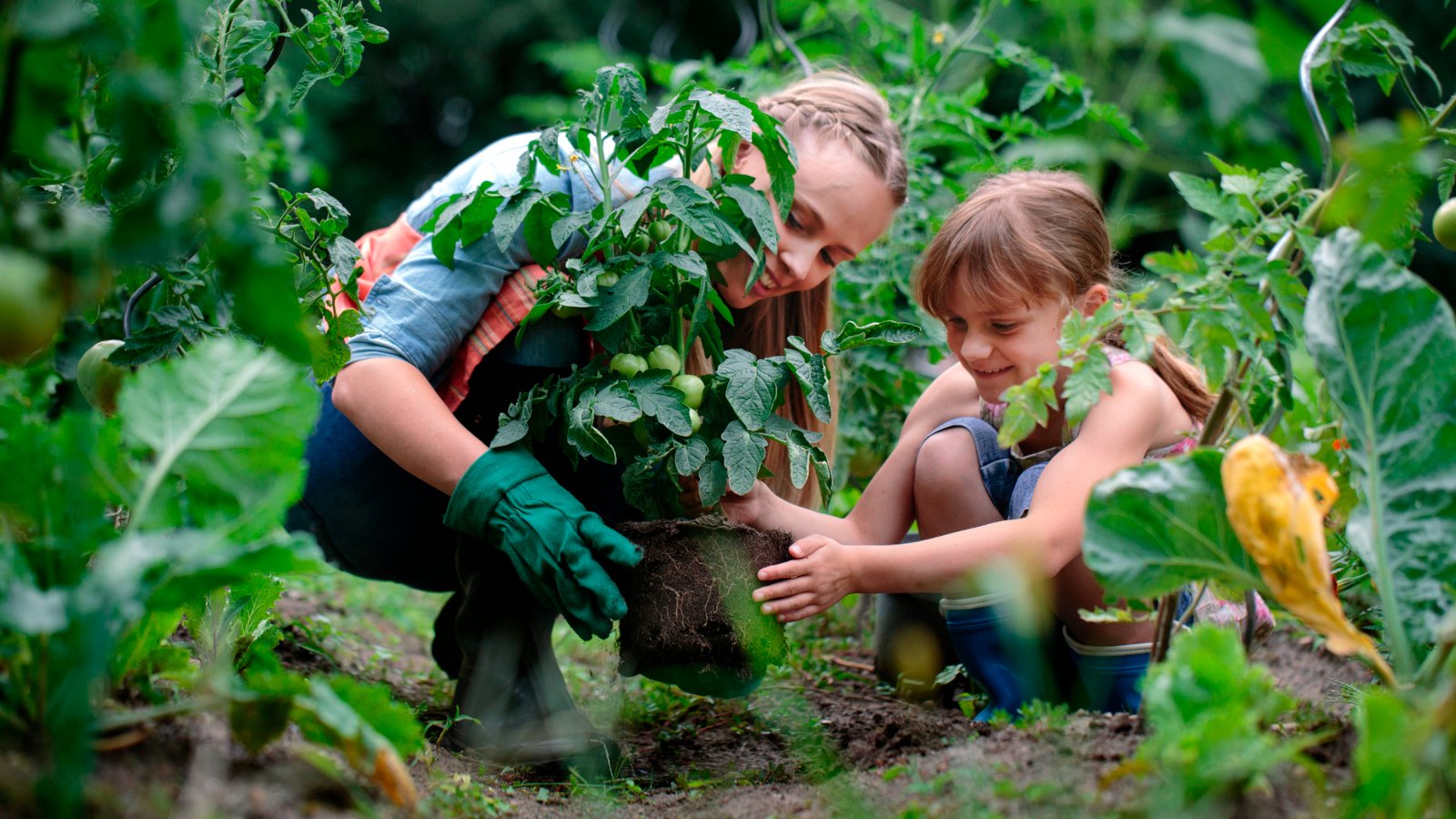Table of Contents
Looking at how to compost for a vegetable garden. If you’re looking to grow healthy and vibrant veggies in your backyard. Composting is the classified ingredient you need. Think of it as nature’s way of recycling and nourishing your soil.
Compost for acers is all about turning your kitchen scraps and yard waste into nutrient-rich food for your vegetable plants. Don’t worry, and you don’t need to be a gardening expert to get started. Composting isn’t just about reducing waste. It’s about creating an environment for your vegetables to flourish.
It’s similar to giving them a lively meal filled with all the important nutrients they need to grow big and strong.
1. Choosing the Right Location
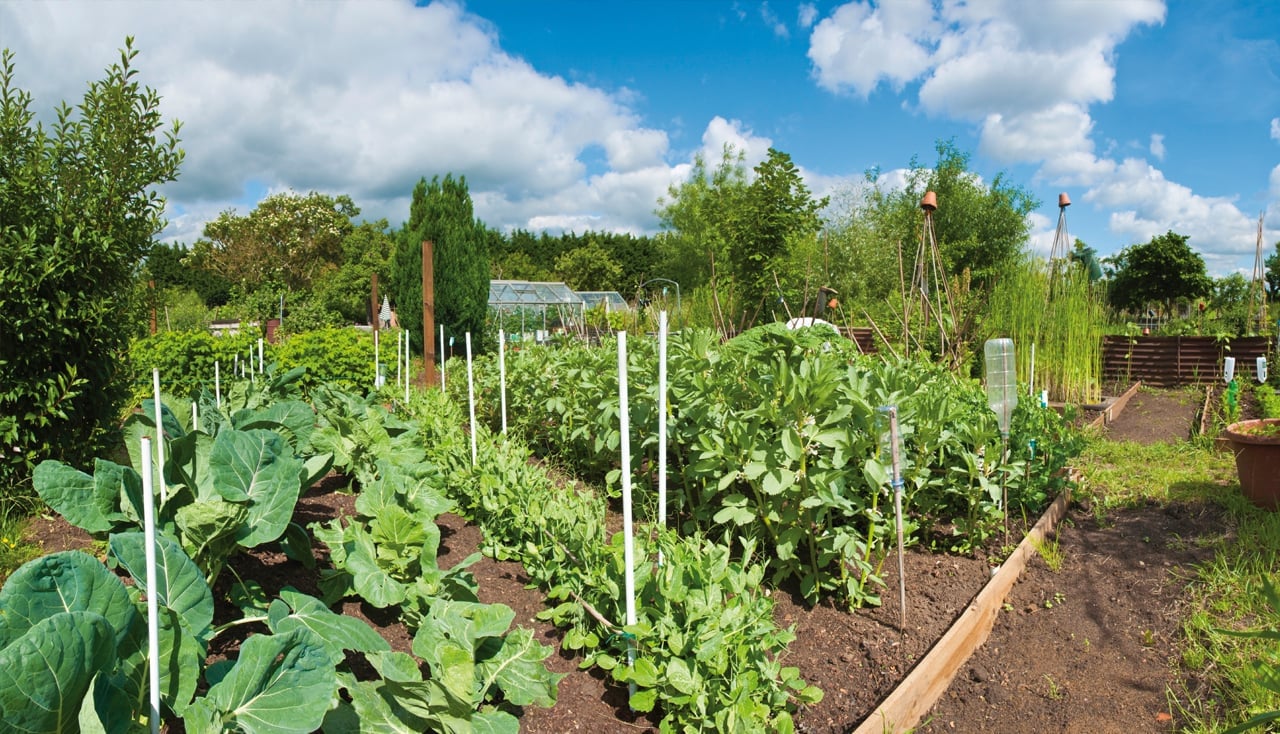
It’s important to pick a spot that’s easy for you to get to regularly when starting your compost pile. You’ll need to take care of it by turning it and adding things often. So, having it close to your kitchen or garden can help a lot. Also, think about how big your compost area should be. A cubic yard is a good size to aim for because it helps things break down well. But you can change the size if you need to, based on how much space you have.
Don’t forget about your neighbors! While composting is good for the environment, some folks might not like the smells or how they look. Try to put your compost pile where it won’t bother your neighbors too much.
2. Gathering Composting Materials
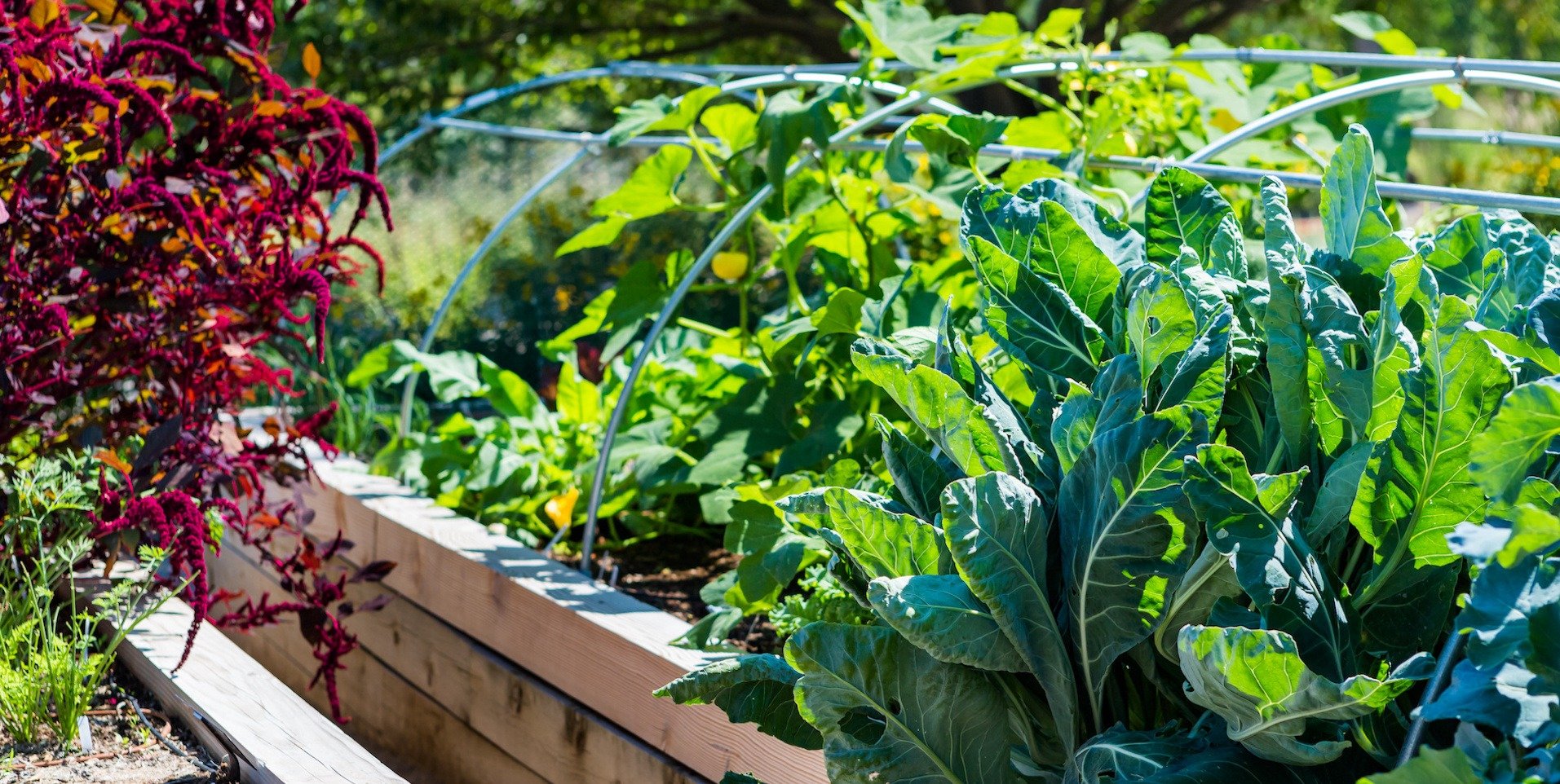
In addition to the important green and brown stuff, there are some other things to think about for successful composting. First, make sure to mix or stir the compost pile regularly to let in air. Air is really important for breaking things down and stopping bad smells. The right amount of water is just as important. Your compost should be like a squeezed-out sponge, not too dry or too soggy. Heat is also important for making things break down faster. A compost pile that gets hot can break things down quicker.
You need to keep the temperature between 130°F and 160°F (54°C to 71°C) for good composting. You can use a compost thermometer to check this. Don’t put in sick plants, weeds with seeds, or meat and dairy because they can bring in bad things or attract pests.
3. Creating the Compost Pile
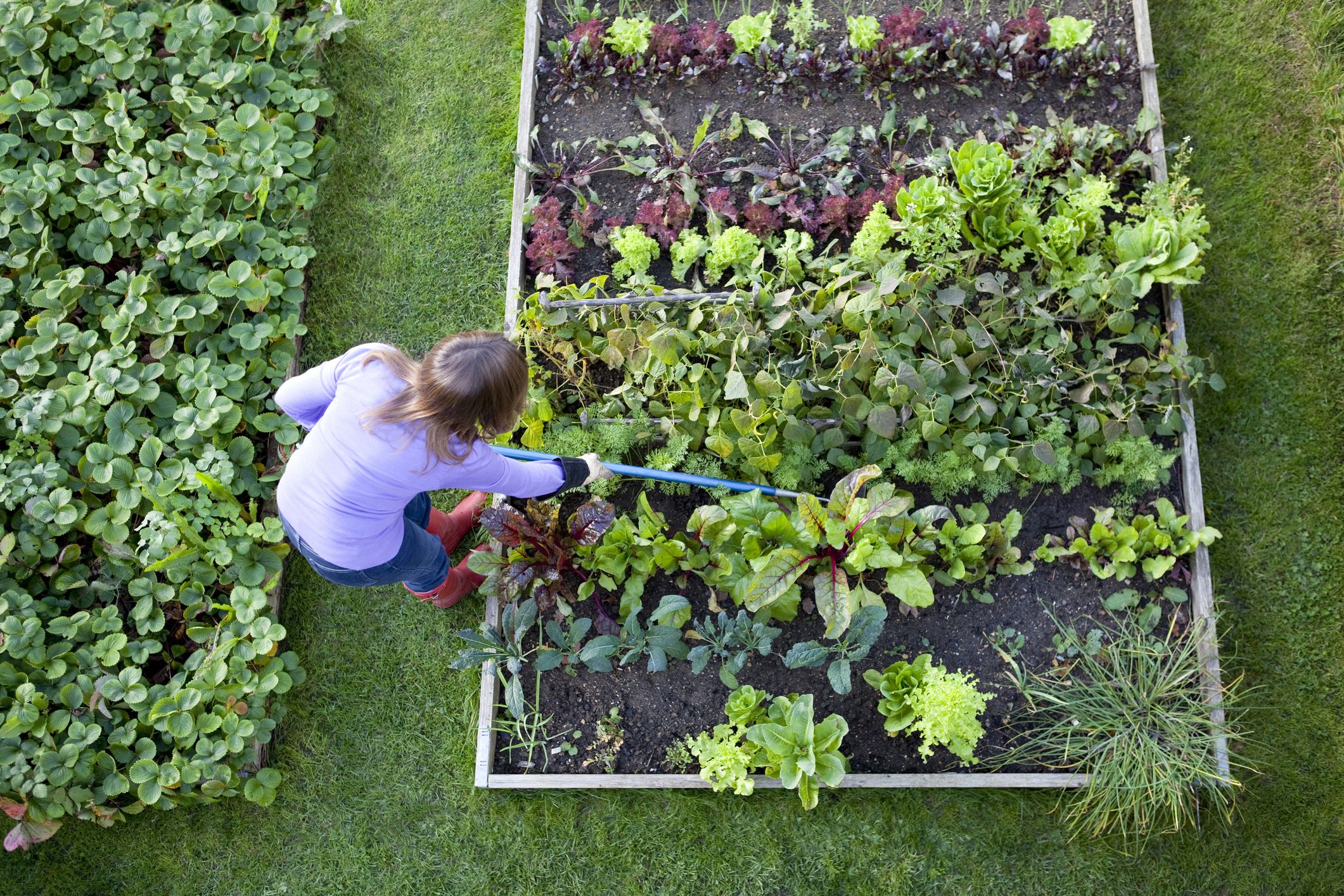
Creating a successful compost pile involves more than just stacking materials. It’s a careful mix of science and nature. Green stuff, like kitchen scraps and fresh yard waste, gives the pile nitrogen and moisture, while brown stuff, like dried leaves and cardboard, provides carbon and structure. This mix copies the way thing breaks down in nature.
To make things rot well, keep a good balance between the green and brown stuff. Too much green can make it stink and get slimy, while too much brown can slow down the rotting. Getting the right mix is the key to making compost work well.
4. Maintaining the Compost Pile
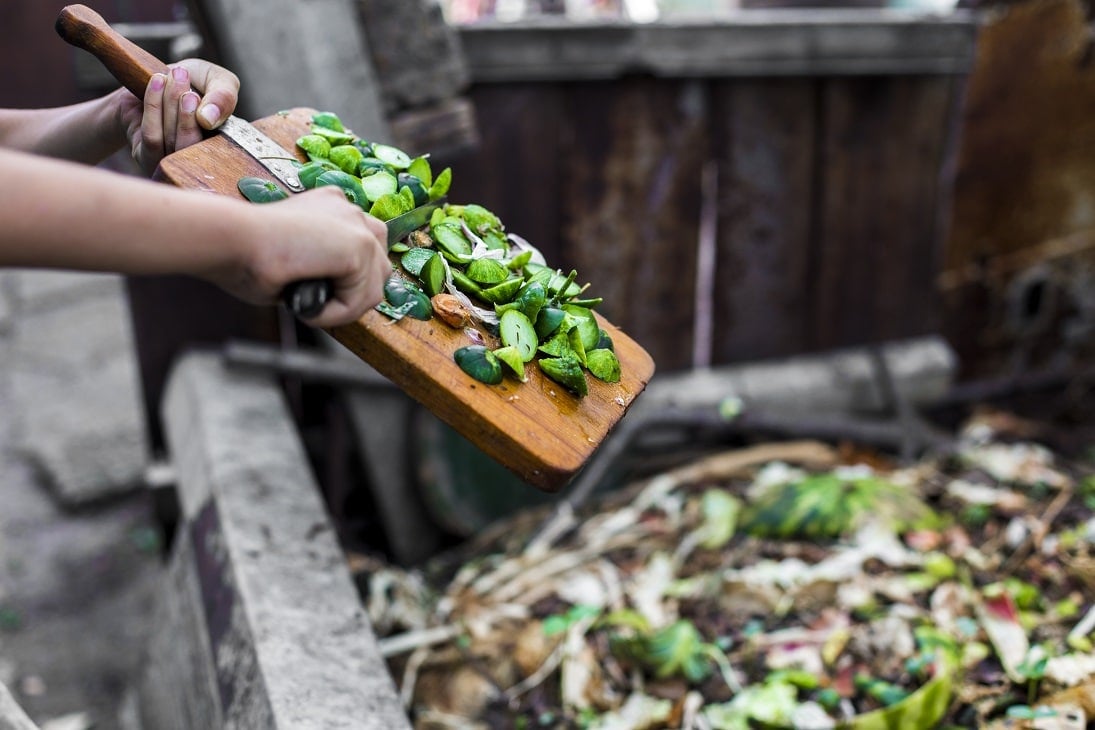
Besides keeping an eye on moisture and adjusting the mix of carbon and nitrogen, there are a few other important things to think about when taking care of your compost pile. One big thing is the temperature. Compost piles get warm as tiny creatures break down the stuff in them. Making sure the pile stays between 130-160°F (54-71°C) inside helps get rid of weed seeds and bad germs, making the compost safer and better. Also, regularly moving or mixing the compost pile helps it get air and break down evenly.
This brings in oxygen, which the tiny creatures need to break things down. It also stops the pile from getting too packed together, which can slow down the breaking-down process.
5. Troubleshooting Common Issues
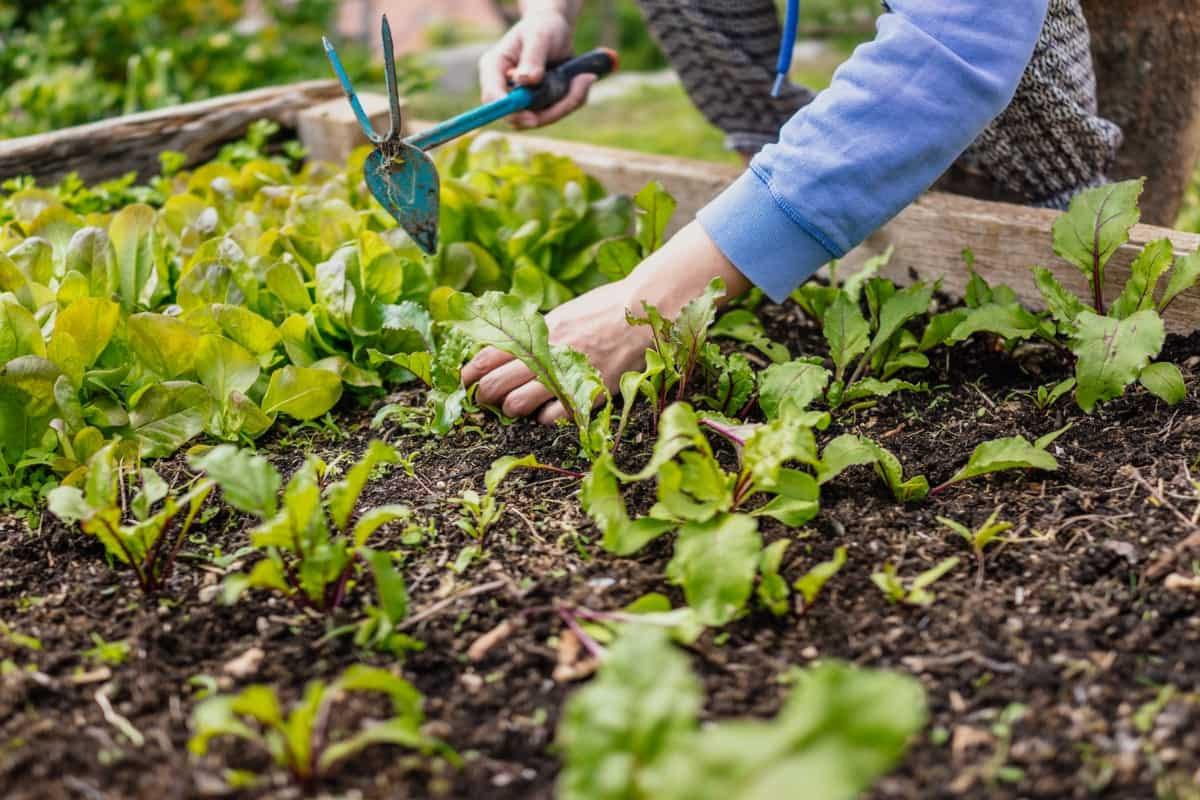
Composting is a good way to help the environment, but it can sometimes be tricky. One problem is that it can smell bad, which might discourage people who want to compost. To fix this, you can add more brown stuff like dry leaves, straw, or shredded newspaper. These materials with lots of carbon can balance out the kitchen scraps with lots of nitrogen and reduce the bad smell. Another issue is pests like bugs and rodents that bother your compost pile. To stop them naturally, you can put in helpful bugs called nematodes or mix up your compost pile regularly to disturb where they live. Also, you can cover your compost pile with something that lets air in, like a big cloth or straw.
6. Harvesting and Using Compost
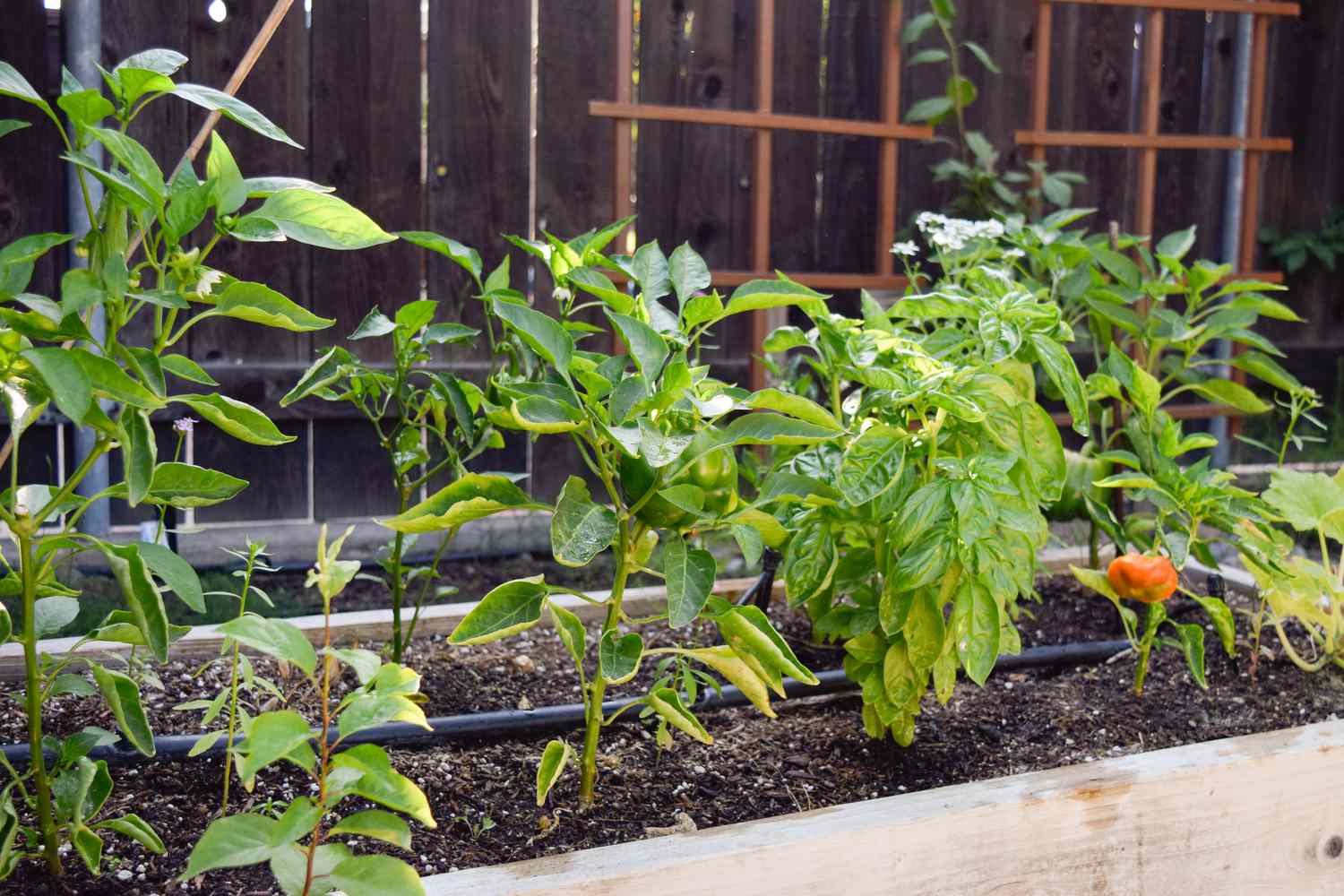
Once your organic compost is fully ready and has turned into a rich, dark soil, it’s time to collect it. Spread this natural compost generously in your vegetable garden beds, and see how your plants become healthier. Compost improves the quality of your soil, helps it hold onto water, and gives your plants the nutrients they need. This means you won’t have to use artificial fertilizers as much.
Conclusion
Composting for your vegetable garden is super simple and can make a big difference. You don’t need any special skills, just some kitchen scraps, yard waste, and a bit of patience. By making your compost pile, you’re helping the environment by reducing waste and giving your plants the best food they can get. It’s an important factor that makes your veggies grow big and strong. It’s like nature’s recycling bin.
You throw in things like banana peels, old leaves, and coffee grounds, and it turns into rich, dark soil that your veggies love.

